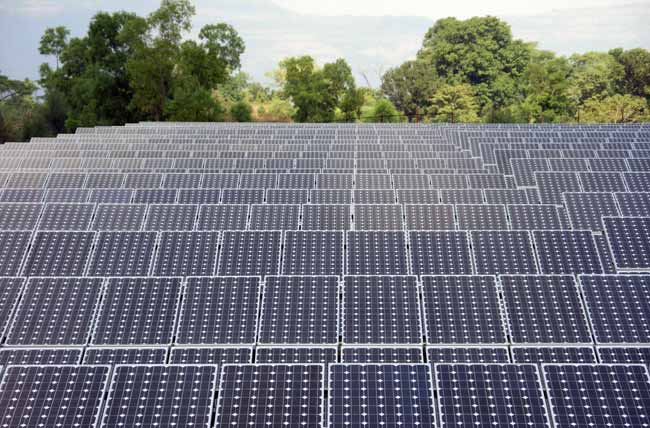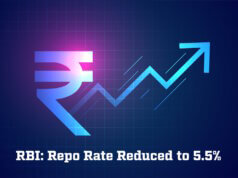In a recent bidding for grid-connected photovoltaic (PV) plants under the National Solar Mission, tariff bids of Rs.4.34 per kwh were received for the Bhadla (Phase II) solar park in Rajasthan. With this, industry experts feel that the much-talked about “grid parity” has already been reached, and that too, much sooner than expected. The aforementioned tariff bid is nearly 40 per cent lower than that tariffs approved by Central Electricity Regulatory Commission. For FY16, CERC has approved a levelized tariff, for a period of 25 years, of Rs.7.04 per kwh for solar photovoltaic plants and Rs.12.05 per kwh for solar thermal projects.
Giving this information in Parliament, minister of state (independent charge) for power, coal & new and renewable energy, also said that the quantum of land required to set up solar power plants depends on the type of technology deployed. Land requirement decreases with increase in the efficiency of the deployed technology. Current estimates are that to set up 1 GW of solar power, around 2,000 ha of land will be required.
While granting “in principle” approval, the ministry of new and renewable energy does not support the setting up of power plants on fertile or agricultural land. Generally, barren or waste lands are preferred by the developers as the same can be acquired easily at a low cost. Further, MNRE has come up with a scheme on solar parks, wherein land and other infrastructure for setting up solar power plants is readily made available to the solar power developers and for this, the state governments have been asked to prioritize the use of government waste / non-agricultural land.
Installed capacity and target: As of March 7, 2016, India’s total installed solar capacity stood at 5,661 mw, which included grid-connected capacity of 5,661 mw with the remaining 114 mw coming from rooftop plants. Desert state Rajasthan leads the list with 1,264 mw of solar capacity with Gujarat being the only other state to cross the 1,000 mw (or 1 GW) mark. Telangana, Andhra Pradesh, Maharashtra India substantially revised its solar power target from 20 GW to 100 GW, to be achieved by 2022. Banks and financial institutions have given green commitments to finance up to 78,850 mw, it was informed in Parliament. The organisations setting up the projects raise equity and loan from domestic as well as international sources. Financial institutions in India are also providing loans to this sector based on their prudential lending norms, the Minister added.
The solar industry has accounted for a big chunk of R&D expenditure in the new and renewable energy sector. In the past four years, from FY13 to FY16, the ministry was allocated a total of Rs.512 crore for R&D activities. Out of this, solar energy accounted for a share of 35 per cent.
In an independent development, Mercom Capital Group, a global clean energy communications and research firm, recently released its quarterly update on the Indian solar market. Mercom forecasts more than 4 GW in total solar installations for the 2016 calendar year, nearly 100 percent year-over-year growth from the 2015 total of 2,133 mw. “The Indian solar sector is finally coming out of hibernation,” said Raj Prabhu, CEO and Co-Founder of Mercom Capital Group. “Solar installations in 2015 increased by 142 percent after three years of remaining flat, and we expect 2016 and 2017 to record strong growth.”
There are currently just over 10 GW of solar projects under development, with cumulative solar installations in the country totaling around 5.6 GW and about 8.4 GW expected to be auctioned off over the next few months, the report said.











